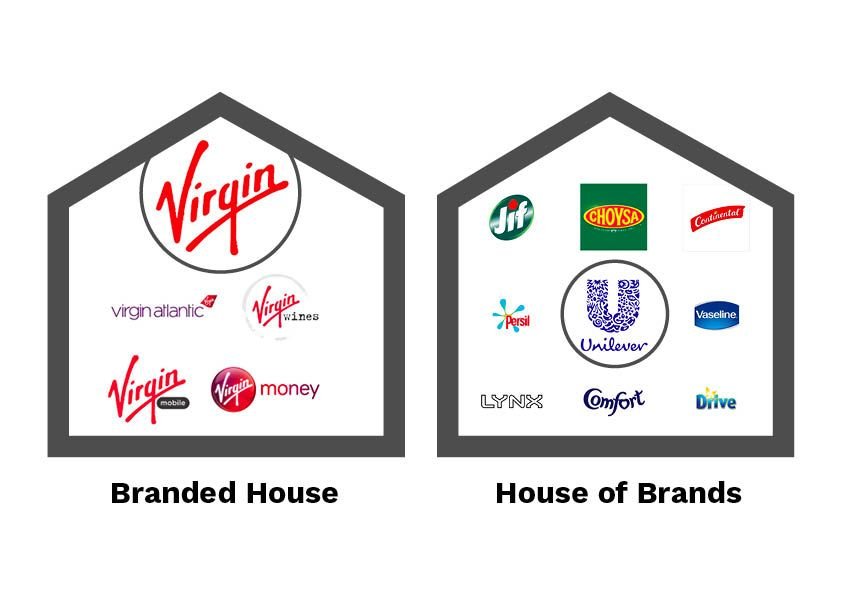One brand or multiple brands?: Downing – Creative Marketing
“Should I have one brand or multiple brands for each company division or product?”
Lately, clients have asked several versions of this question.
Many businesses start with one strong brand. If they have a range of products or services they tie these back to the parent brand. Then over time, they may get another business or they may look to develop a new product line that targets a different group of customers. At this point, they develop different brands for these new divisions. Before they know it they have a collection of different business units and a variety of products going in a variety of brand directions.
Then they have a difficult decision. Should they keep all the parts of their business aligned as one brand system or do they split them all off into individual brands with their own unique image and story.
In Brand World managing this complexity is called Brand Architecture and it looks at how all the parts of your brand or brands work together. One of the most helpful metaphors to understand this comes from David Aaker, a US marketing expert. He talks about having a Branded House or a House of Brands.
A Branded House is where you have one brand name and all the products and divisions include the master brand in their name. Eg Virgin has Virgin Records, Virgin Atlantic, Virgin Wines, Virgin Mobile, Virgin Money and so on.
At the other end of the spectrum, you have a House of Brands. In this model, the parent company is almost invisible and the divisions or products have their own unique identities and logos. An example of this is Unilever who own many of our supermarket brands. Most people don’t know about Unilever but they do recognise Persil, Lipton, Lux, Jif, Vaseline, Choysa, Continental which are all Unilever brands.
Ups and downs of both models
A Branded House is popular for many businesses and seems the obvious choice. It creates efficiency for the company and ease of communication. The downside is that: It can be more company focussed rather than customer focussed, it can alienate some customer groups, important products can be undervalued, and customers can be confused if a company sells very different products under the same brand. E.g. Should Ice Cream and Concrete be sold under the same brand?
A House of Brands lets you reach specific customer groups with a clearly defined and differentiated message. It allows you to be an expert in one category. It also can provide a safety buffer between brands in the case of bad press. The downside is that you need to increase marketing budgets to promote more brands, and the parent company takes a back seat.
The Branded House sits on one end of the brand architecture spectrum and the House of Brands is at the other end. In between, there are other configurations such as the Sub Brand and the Endorsed Brand. As you move across the spectrum towards a House of Brands, there is an increasing separation from the primary or master brand.
Sub Brands are still strongly connected to the master brand but all the company to create new associations, appeal to new customers or reach new niches. Sony Play Station is an example of this.
The Endorsed Brand uses the master brand as a known or trusted name to add value to a new brand. It is like a celebrity endorsement. iPod from Apple is an example of this.
How do you decide which way to go?
The main question to ask is ‘who is your brand or brands aimed at?’ If they are distinctly different customer profiles then you may need a house of brands. If the brands are aiming at different consumer categories then a House of Brands could be the way to go. Auto Repairs and Engineering fit into two distinct categories in the minds of customers. One would tend to be business to consumer and the other business to business. If your business provides both services you may want to consider developing two distinct brands. If you are focused on one category and customer group then the Branded House is the way to go.


This Post Has 0 Comments